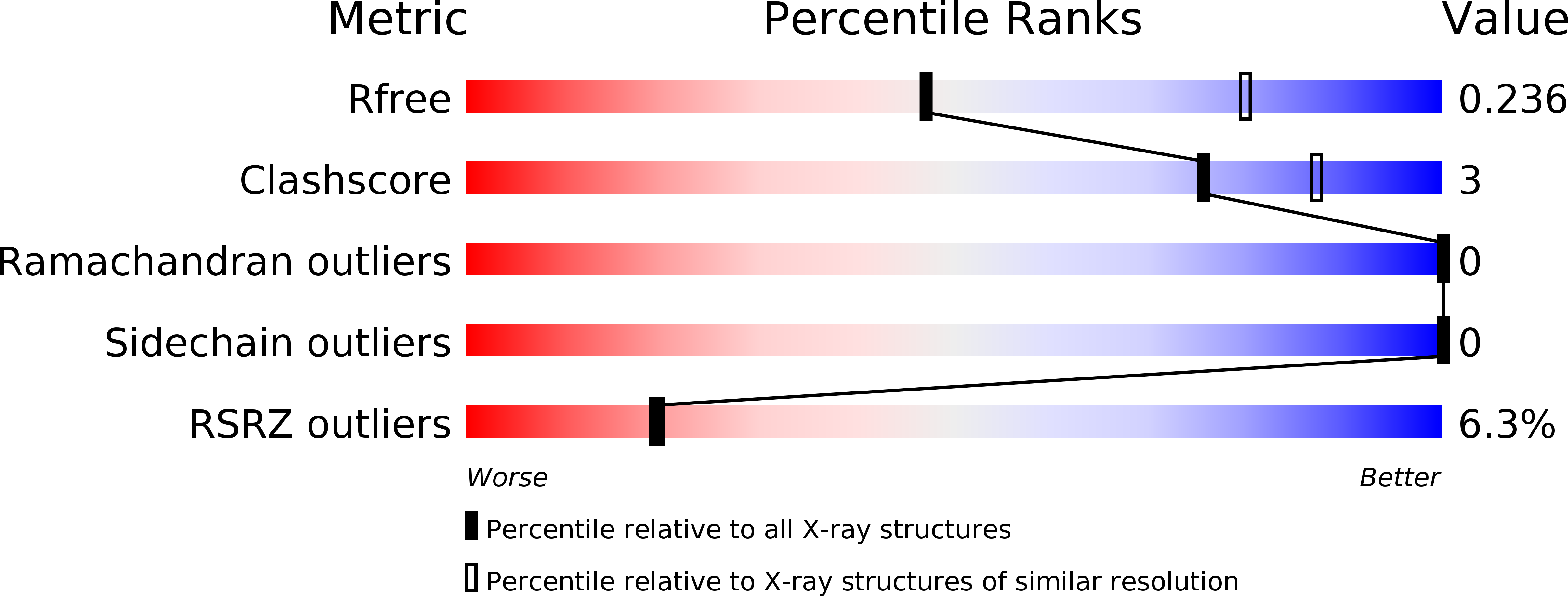
Deposition Date
2015-10-20
Release Date
2016-04-20
Last Version Date
2024-03-06
Entry Detail
Biological Source:
Source Organism:
Human herpesvirus 1 (strain 17) (Taxon ID: 10299)
Host Organism:
Method Details:
Experimental Method:
Resolution:
2.72 Å
R-Value Free:
0.23
R-Value Work:
0.21
R-Value Observed:
0.21
Space Group:
P 43 21 2


